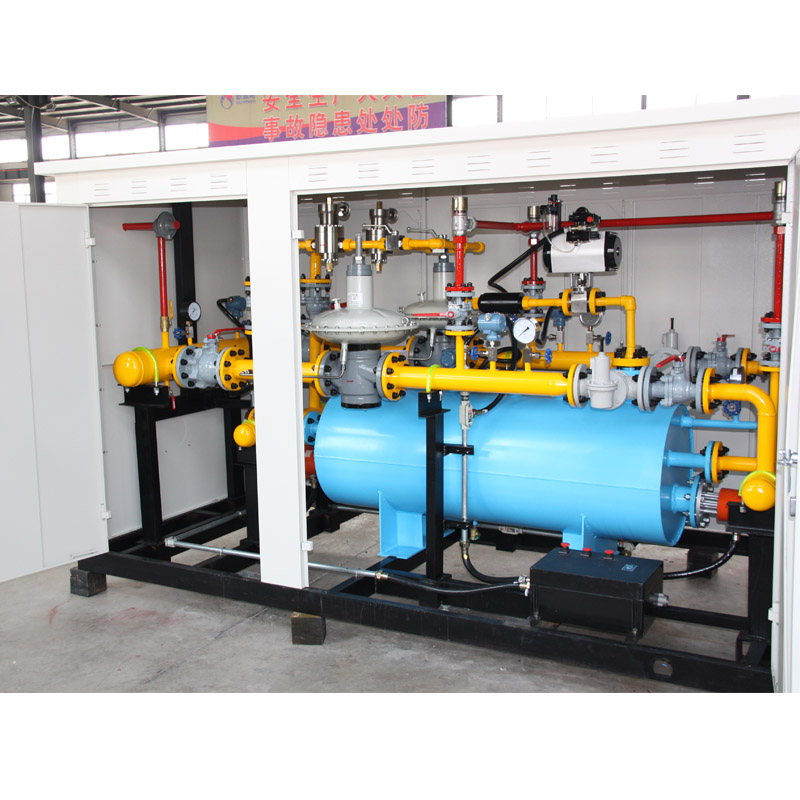
Dec . 12, 2024 10:49
Back to list
pneumatic valve
Understanding Pneumatic Valves An Overview
Pneumatic valves play a crucial role in industrial automation and control systems, facilitating the precise management of airflow in pneumatic systems. These valves are integral components utilized in various applications, ranging from manufacturing and robotics to packaging and automotive processes. This article will delve into the fundamentals of pneumatic valves, their types, functions, and advantages, shedding light on why they are essential in modern industrial operations.
What are Pneumatic Valves?
Pneumatic valves are devices that control the flow and direction of pressurized air in a pneumatic system. By manipulating the airflow, these valves determine how actuators, such as pneumatic cylinders or motors, respond to control signals. The proper functioning of pneumatic systems heavily relies on these valves, as they enable the precise control necessary for effective operation.
Types of Pneumatic Valves
Pneumatic valves come in several types, each designed for specific applications. Here are the most common types
1. Directional Control Valves These valves direct the flow of compressed air within a system. They are often labeled by the number of ports (outlet connections) they have and the number of positions they can occupy. For instance, a 5/2 valve has five ports and two positions, allowing it to switch between two different output flows.
2. Flow Control Valves These valves regulate the speed of actuators by controlling the amount of airflow. They are adjustable and can be set to allow a specific flow rate, which is necessary for ensuring controlled motion of pneumatic actuators.
3. Pressure Relief Valves Safety is paramount in pneumatic systems, and pressure relief valves prevent over-pressurization by venting excess air to the atmosphere. They help maintain safe operational limits, protecting both equipment and personnel.
4. Shuttle Valves These valves are used to switch between two different air supply sources. They allow a system to continue functioning even if one air source fails, providing reliability in critical applications.
Functions of Pneumatic Valves
The primary function of pneumatic valves is to control the flow of air. This includes
pneumatic valve

- Starting and Stopping Airflow Pneumatic valves can act as on/off switches, allowing or blocking air from reaching the actuator based on control signals
.- Reversing Direction In applications requiring linear movement, directional control valves can reverse the flow of air, thus reversing the direction of the actuator motion.
- Regulating Speed By using flow control valves, operators can adjust the speed of an actuator’s movement. This capability is vital in applications where a precise motion rate is necessary.
- Maintaining Pressure Pressure relief valves are crucial for maintaining safe pressures within a system, thus preventing potential damages that may arise from overpressure scenarios.
Advantages of Pneumatic Valves
The benefits of using pneumatic valves in industrial applications are significant
- Speed and Efficiency Pneumatic systems can deliver rapid actuation, allowing for quick cycles and increased productivity in manufacturing processes.
- Simplicity and Reliability With fewer moving parts compared to electric or hydraulic systems, pneumatic valves tend to be simpler and more reliable, translating to reduced maintenance needs and downtime.
- Cost-Effectiveness Pneumatic systems are generally less expensive to install and operate when compared to their electric or hydraulic counterparts. The widespread availability of components further enhances their affordability.
- Flexibility Pneumatic valves can be easily integrated into various systems and modified as needed, making them suitable for a wide range of applications.
Conclusion
In summary, pneumatic valves are vital components in numerous industrial applications, enabling precise control over airflow and, consequently, the functionality of pneumatic systems. With various types, such as directional control, flow control, pressure relief, and shuttle valves, they cater to diverse operational needs. The advantages of speed, simplicity, reliability, cost-effectiveness, and flexibility make pneumatic valves an indispensable part of modern automation systems. As industries continue to evolve and embrace automation, the relevance and application of pneumatic valves are likely to expand even further, contributing to improved efficiency and productivity in various fields.
Next:
Latest news
-
Safety Valve Spring-Loaded Design Overpressure ProtectionNewsJul.25,2025
-
Precision Voltage Regulator AC5 Accuracy Grade PerformanceNewsJul.25,2025
-
Natural Gas Pressure Regulating Skid Industrial Pipeline ApplicationsNewsJul.25,2025
-
Natural Gas Filter Stainless Steel Mesh Element DesignNewsJul.25,2025
-
Gas Pressure Regulator Valve Direct-Acting Spring-Loaded DesignNewsJul.25,2025
-
Decompression Equipment Multi-Stage Heat Exchange System DesignNewsJul.25,2025

